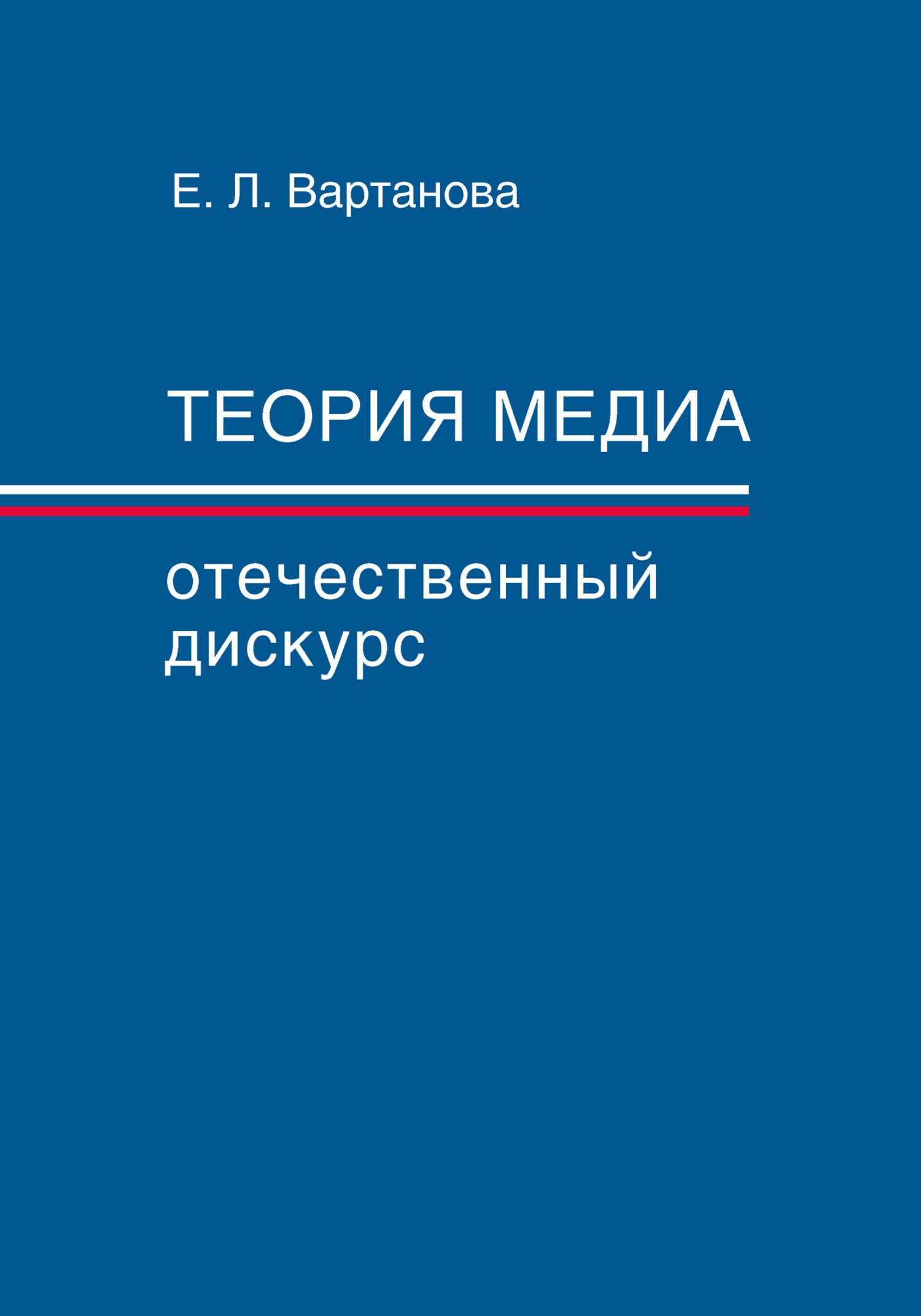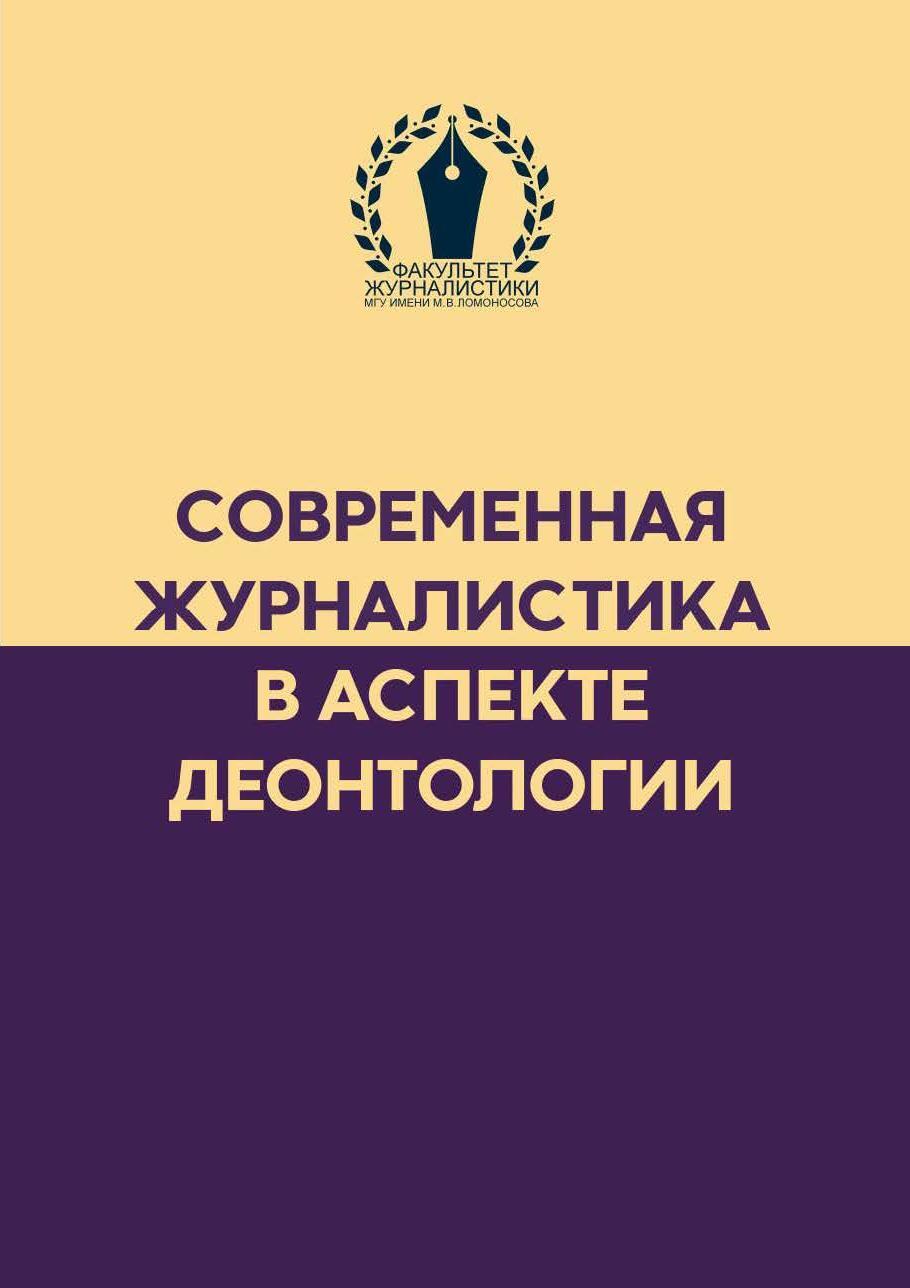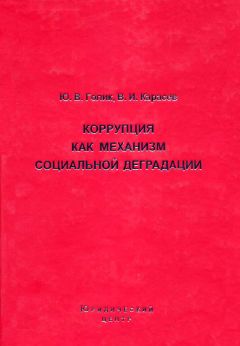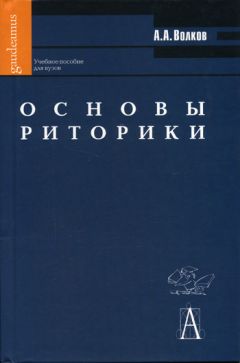Understanding New Digital Media: Medium Theory or Complexity Theory?
European Journal of Communication 21(3): 345–356.
473. Ragnedda M. (2018) Conceptualizing Digital Capital. Telematics and Informatics 35(8): 2366–2375.
474. Ragnedda M., Muschert G. W. (eds.) (2013) The Digital Divide: The Internet and Social Inequality in International Perspective. New York: Routledge.
475. Rantanen T. (2002) The Global and The National. Media and Communications in Post-Communist Russia. Lanham, Maryland: Rowman & Littlefield.
476. Rantanen T. (2013) A Critique of The Systems Approaches in Comparative Media Research: A Central and Eastern European Perspective. Global Media and Communication 9(3): 257–277.
477. Rantanen T., Vartanova E. (2003) Empire and Communications: Centrifugal and Centripetal Media in Contemporary Russia. In: Couldry N., Curran J. (eds.) Contesting Media Power. Maryland: Rowman & Littlefield, pp. 147–162.
478. Robertson G., Nicol A.G. (2002) Media Law. London: Sweet & Maxwell.
479. Robertson R. (1992) Globalization: Social Theory and Global Culture. Vol. 16. London: Sage.
480. Robins K., Webster F. (1999) Times of the Technoculture: From the Information Society to the Virtual Life. New York, NY: Routledge.
481. Robinson L., Cotten S. R., Ono H. et al. (2015) Digital Inequalities and Why They Matter. Information, Communication & Society 18(5): 569–582.
482. Rogers E. (1962) Diffusion of Innovations. New York: Free Press of Glencoe.
483. Rosengren K. E. (1989) Paradigms Lost and Regained. In: Dervin B., Grossberg L., O’Keefe B. J., Wartella E. (eds.) Rethinking Communication. Vol. 1. Paradigm Issues. Newbury Park, CA: Sage, pp. 21–39.
484. Rosenholm A., Nordenstreng K., Trubina E. (eds.) (2010) Russian Mass Media and Changing Values. London: Routledge.
485. Roudakova N. (2017) Losing Pravda: Ethics and the Press in PostTruth Russia. Cambridge: Cambridge University Press.
486. Servaes J., Carpentier N. (eds.) (2006) Towards a Sustainable Information Society: Deconstructing WSIS. Bristol, UK: Intellect.
487. Shannon C. A. (1948) Mathematical Theory of Communication. The Bell System Technical Journal 27(3): 379–423.
488. Shoemaker P. J., Reese S. D. (2014) Mediating the Message in the 21st Century: A Media Sociology Perspective. 3rd ed. New York, NY: Routledge.
489. Siebert F. S., Peterson T., Schramm W. (1956) Four Theories of the Press. Urbana: University of Illinois Press.
490. Singh J., Grizzle A., Yee S. J., Culver S. H. (eds.) (2015) Media and Information Literacy for Sustainable Development. MILID Yearbook 2015. Gotenborg: Nordicom.
491. Singh J., Kerr P., Hamburger E. (eds.) (2016) Media and Information Literacy: Reinforcing Human Rights, Counting Radicalization and Extremism. MILID Yearbook 2016. Paris: UNESCO.
492. Siune K., Truetzschler W. (1992) Dynamics of Media Politics: Broadcast and Electronic Media in Western Europe. London: Sage Publications Ltd.
493. Smartt U. (2006) Media Law for Journalists. Oxford: Sage.
494. Smirnov S. (2019) The Problem of Using New Terms in Russian Media Studies. In: Digitalizing Media: Communication, Audience, Policies. Abstracts. The 11th International Media Readings in Moscow Mass Media and Communications 2019, pp. 140–141.
495. Smythe D. W. (1977) Communications: Blindspot of Western Marxism. Canadian Journal of Political and Society Theory 1(3): 1-28.
496. Souch I. (2017) Popular Tropes of Identity in Contemporary Russian Television and Film. New York: Bloomsbury.
497. Sparks C. (2013) What Is the ‘Digital Divide’ and Why Is It Important? Javnost- the Public 20(2): 27–46.
498. Sparks C., Reading A. (1998) Communism, Capitalism and the Mass Media. London: Sage Publications.
499. Splichal S. (1994) Media beyond Socialism: Theory and Practice in East-Central Europe. Boulder: Westview Press.
500. Splichal S. (2001) Imitative Revolutions Changes in the Media and Journalism in East-Central Europe. Javnost — The Public 8(4): 31–58.
501. Teaching and Learning: Achieving Quality for All (2014). EFA Global Monitoring Report. Paris: UNESCO.
502. Terzis G. (ed.) (2007) European Media Governance. National and Regional Dimensions. Bristol; Chicago: Intellect.
503. Terzis G. (ed.) (2008) European Media Governance. The Brussels Dimension. Bristol; Chicago: Intellect.
504. Therborn G. (2013) The Kiillng Fieldsoflnequallty. CamLbidge: Polity Press.
505. Thussu D. K. (2007) News as Entertainment. The Rise of the Global Infotainment. London: Sage.
506. Thussu D. K. (2009) (ed.) Internationalizing Media Studies. London: Routledge.
507. Thussu D. K. (2019) International Communication: Continuity and Change. 3rd ed. London: Bloomsbury Academic.
508. Toepfl F. (2013) Why Do Pluralistic Media Systems Emerge? Comparing Media Change in the Czech Republic and in Russia after the Collapse of Communism. Global Media and Communication 9(3): 239–256.
509. Trakhtenberg A. (2007) Transformation Without Change: Russian Media as a Political Institution & Cultural Phenomenon. In: Vartanova E. L. (ed.) Media and Change. Moscow: MediaMir, pp. 122–130.
510. Trappel J. (2011) Media for Democracy Monitor. Istanbul: IAMCR.
511. Trappel J. (2014) Small States and European Media Policy. In: Donders K., Pauwels C., Loisen J. (eds) The Palgrave Handbook of European Media Policy. London: Palgrave Macmillan.
512. Trappel J. (2019 a) How Digital Communication Transforms Social Equalities and Creates NewInequalities.In: Paperin the 11thInternational Media Readings in Moscow Mass Media and Communications 2019, 17–18 October. Russia, Moscow, pp. 148–149.
513. Trappel J. (ed.) (2019 b) Digital Media Inequalities: Policies against Divides, Distrust and Discrimination. Sweden: Nordicom.
514. Vaidhyanathan S. (2012) The Googlization of Everything (And Why IVe Should Worry). Updated Edition. Berkeley. CA: UniversityofCeaiforniaPrees.
515. Van der Haak B., Parks M., Castells M. (2012) The Future of Journalism: Networked Journalism. International Journal of Communication 6(16): 2923–2938.
516. Van Dijk J.A.G.M. (2013) A Theory of the Digital Divide. In: Ragnedda M., Muschert G.W. (eds.) The Digital Divide: The Internet and Social Inequality in International Perspective. New York, NY: Routledge, pp. 28–51.
517. Vartanova E. (2012) The Russian Media Model in the Context of PostSoviet Dynamics. In: Hallin D., Mancini P. (eds.) Comparing Media Systems Beyond the Western World. Cambridge: Cambridge University Press, pp. 119–142.
518. Vartanova E. (2019) Russian Media: A Call for Theorizing the Economic Change. Russian Journal of Communication 11(1): 22–36.
519. Vartanova E., Lukina M. (2014). New Competences for Future Journalists: Russian Journalism Education Executives Evaluate Industrial Demand. World of Media. Yearbook of Russian Media and Journalism Studies. Moscow: MediaMir, pp. 209–223.
520. Vartanova E., Smirnov S. (2010) Contemporary Structure of the Russian Media Industry. In: Rosenholm A., Nordenstreng K., Trubina E. (eds.) Russian Mass Media and Changing Values. London: Routledge, pp. 21–40.
521. Voltmer K. (2008) Comparing media systems in new democracies: East meets South meets West. Central European Journal of Communication 1(1): 23–40.
522. Voltmer K. (2013) The Media in Transitional Democracies. John Wiley&Sons.
523. Wahl-Jorgensen K., Hanitzsch T. (2009)





